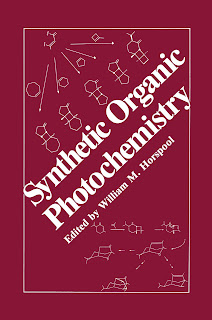Of all major branches of organic chemistry, I think none has undergone such a rapid, even explosive, development during the past twenty-five years as organic photochemistry. Prior to about 1960, photochemistry was still widely regarded as a branch of physical chemistry which might perhaps have oc casional applications in the generation of free radicals. Strangely enough, this attitude to the subject had developed despite such early signs of promise as the photodimerization of anthracene first observed by Fritzsche in 1866, and some strikingly original pioneering work by Ciamician and Silber in the early years of this century. These latter workers first reported such varied photo reactions as the photoisomerization of carvenone to carvone camphor, the photodimerization of stilbene, and the photoisomerization of o-nitrobenzal dehyde to o-nitrosobenzoic acid; yet organic chemists continued for another fifty years or so to rely almost wholly on thermal rather than photochemical methods of activation in organic synthesis-truly a dark age.
Synthetic Organic Photochemistry William M. Horspool PDF Free Download
November 15, 2022

You may also like
Organic Chemistry, 9th Edition, is revised to align with the way students approach complicated material. It includes pull-out organic chemistry reaction...
Provides the background, tools, and models required to understand organic synthesis and plan chemical reactions more efficiently Knowledge of physical...
ORGANIC CHEMISTRY
A Modern Introduction to Particle Physics by Fayyazuddin, Riazuddin PDF
June 26, 2024
The book provides a comprehensive account of particle physics linking various aspects of particle physics in a coherent manner. This self-contained book not...



Add Comment